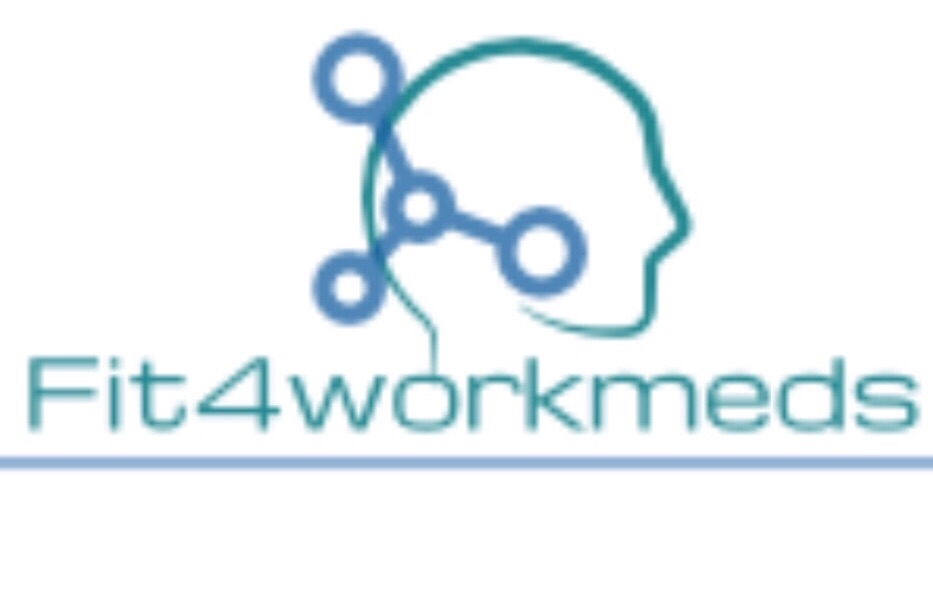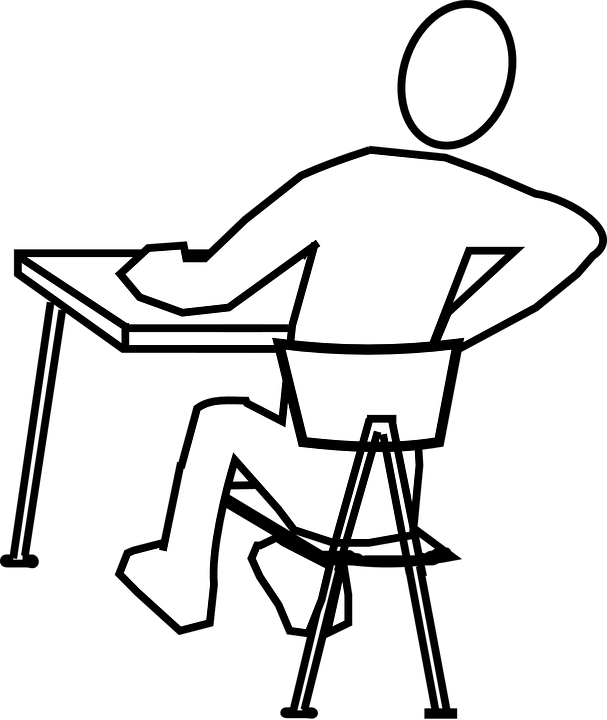How To Sit Correctly
Sitting for long periods in front of a computer is storing up trouble. No matter how good your positioning, it's important to get up every so often. Health experts recommend breaking up sedentary time every 30 minutes for at least one to two minutes.
Workstation factors that can affect your back include:
• seating posture
• computer screen position
• chair height
• keyboard position
• mouse position
• desk equipment layout
If you work in an office and use a computer, get tips on how to sit correctly. If you're not sure about your seating position and workstation, ask your manager to arrange a workplace assessment for you.
Adjusting your chair to avoid back pain
By law, workstation chairs must be stable. The standard office chair has five legs in a star shape.
The seat height must be adjustable, and the backrest must be adjustable in height and tilt. Ideally, the backrest should move independently of the seat to allow a comfortable position.
When you're sitting, your thighs should be at right angles to your body or sloping slightly down.
If your chair is properly adjusted, your feet should be firmly on the floor, but use a footrest if it's more comfortable. The basic rule is to plant your feet on the floor and support your back.
Lifting safely
One of the biggest causes of a back injury, especially at work, is lifting or handling objects incorrectly.
Learning and following the correct method for lifting and handling objects can help prevent back pain.
Key points for lifting safely:
• plan your lift
• start in a stable position
• keep the load close to your waist
• keep your back as straight as possible
• avoid twisting your back or leaning sideways
• avoid lifting heavy loads
• push heavy objects, don't pull them
• distribute the weight evenly.
Take regular breaks
Break up long periods of sitting. Frequent short breaks are better for your back than a few long ones. It gives the muscles a chance to relax while others take the strain.
This can prevent your back from becoming stiff and tense. Most jobs provide opportunities to take a break from the screen, such as getting a drink, going for some fresh air, filing, or photocopying.
For free work-related health advice if you've been off work for four weeks or more, visit the Fit for Work website.
Treating back pain
In general, the best treatment is to stay active and, if necessary, use painkillers. You may feel like going to bed, but this won't help and could make it worse.
The longer you're immobile, the weaker your back muscles will become, and the more they will hurt in the long term.
Your state of mind can also play an important role. Research has shown people who remain positive tend to recover quicker than those who get depressed.
For back pain that lasts more than six weeks, treatment typically involves a combination of painkillers and either acupuncture, exercise classes or manual therapy.
Think before you lift
Plan the lift. Where is the load going to be placed? Use appropriate handling aids where possible. Will help be needed with the load?
Remove obstructions, such as discarded wrapping materials. For long lifts, such as from floor to shoulder height, consider resting the load mid-way on a table or bench to change your grip on it.
Keep the load close to the waist
Keep the load close to the waist for as long as possible while lifting to reduce the amount of pressure on the back.
Keep the heaviest side of the load next to the body. If closely approaching the load isn't possible, try to slide it towards the body before trying to lift it.
Adopt a stable position
Your feet should be apart with one leg slightly forward to maintain balance (alongside the load, if it's on the ground).
Be prepared to move your feet during the lift to maintain a stable posture. Wearing over-tight clothing or unsuitable footwear, such as high heels or flip flops, may make this difficult.
Ensure a good hold on the load
Where possible, hug the load close to the body. This should help you make a stronger and more solid lift than gripping the load tightly with the hands only.
Don't bend your back when lifting
A slight bending of the back, hips and knees at the start of the lift is preferable to either fully flexing the back (stooping) or fully flexing the hips and knees – in other words, fully squatting.
Don't bend the back any further while lifting
This can happen if the legs begin to straighten before starting to raise the load.
Don't twist when you lift
Avoid twisting the back or leaning sideways, especially while the back is bent.
Keep your shoulders level and facing the same direction as the hips. Turning by moving your feet is better than twisting and lifting at the same time.
Look ahead
Keep your head up when handling the load. Look ahead, not down at the load, once it has been held securely.
Move smoothly
Don't jerk or snatch the load as this can make it harder to keep control and increases the risk of injury.
Know your limits
Don't lift or handle more than you can easily manage. There's a difference between what people can lift and what they can safely lift. If you're in doubt, seek advice or get help. Lower down, then adjust Put the load down and then adjust. If you need to position the load precisely, put it down first, then slide it into the desired position. NHS resource

